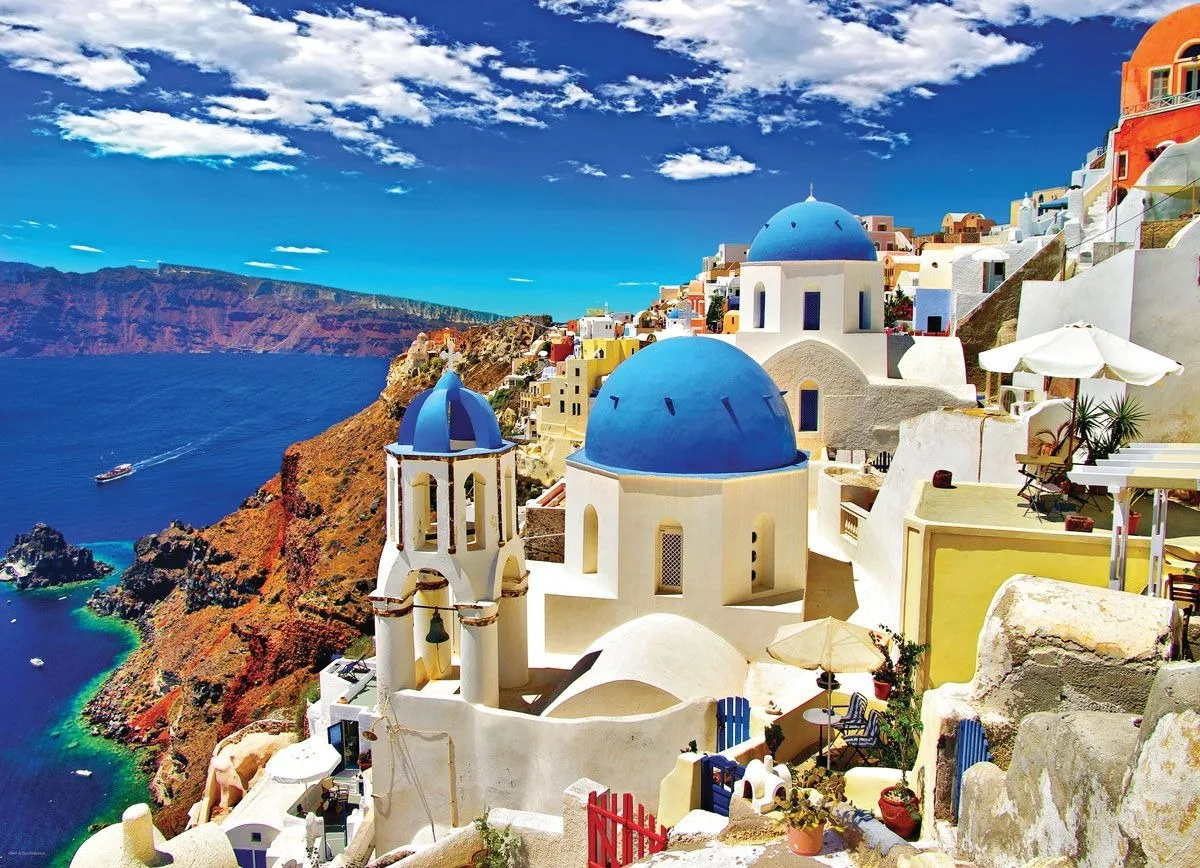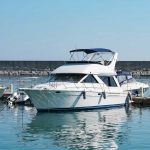The Balkan Peninsula offers a fascinating blend of cultures, history, and landscapes, making it a perfect destination for train enthusiasts and adventurous travelers. With a mix of scenic routes, modern railway systems, and vintage trains, exploring the Balkans by rail is an unforgettable experience. This guide will help you plan your journey through the region’s rail network, uncovering the best routes, practical tips, and hidden gems along the way Travel the Balkan Peninsula by Train.
Why Travel the Balkans by Train?
Traveling by train in the Balkans is a unique way to experience the region’s diversity:
● Scenic Landscapes: From coastal vistas to mountainous terrains, train journeys offer breathtaking views.
● Cultural Immersion: Stops in historic cities and charming villages provide insights into local life.
● Eco-Friendly Travel: Rail travel is one of the most sustainable ways to explore the region.
● Affordable: Tickets are generally inexpensive compared to Western Europe.
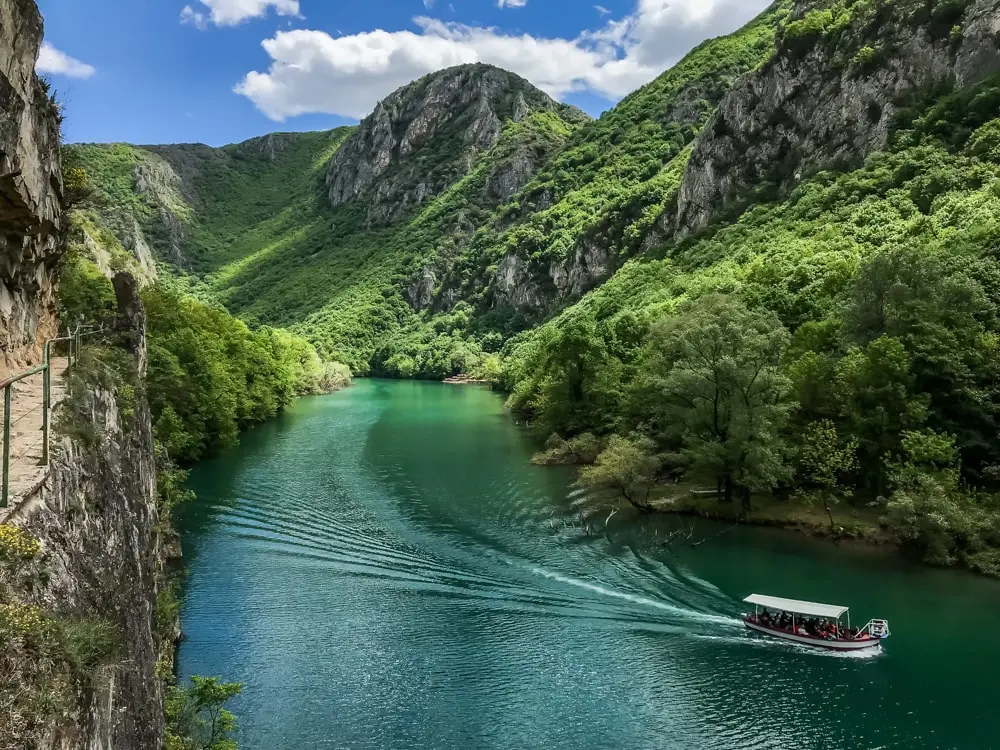
Matka – North Macedonia
Top Balkan Train Routes
– Belgrade to Bar (Serbia to Montenegro)
The Belgrade-Bar Railway is one of the most scenic train routes in Europe, traversing through mountains, tunnels, and bridges.
● Highlights:
The Mala Rijeka Viaduct, one of the world’s tallest railway bridges.
Stunning views of the Tara River Canyon.
● Duration: Approximately 11 hours.
● Best Time to Travel: Spring and autumn for pleasant weather and vibrant landscapes.
– Sarajevo to Mostar (Bosnia and Herzegovina)
This short but spectacular route showcases the beauty of Bosnia’s natural landscapes.
● Highlights:
The Neretva River winding through dramatic valleys.
Arrival in Mostar, known for its iconic Stari Most bridge.
● Duration: Around 2.5 hours.
● Travel Tip: Sit on the left side of the train for the best views.
– Sofia to Thessaloniki (Bulgaria to Greece)
A cultural journey connecting the Bulgarian capital to Greece’s vibrant port city.
● Highlights:
Cross the Struma River valley.
Enjoy Greek hospitality upon arrival in Thessaloniki.
● Duration: Approximately 6 hours.
● Best Time to Travel: Late spring or early autumn.
– Zagreb to Split (Croatia)
This route connects Croatia’s capital to its stunning Adriatic coast.
● Highlights:
The rugged beauty of Croatia’s inland countryside.
Arrival in Split, a UNESCO World Heritage city.
● Duration: About 6 hours.
● Travel Tip: Opt for a morning departure to enjoy daylight views.
– Skopje to Thessaloniki (North Macedonia to Greece)
This cross-border journey links two historic cities while offering scenic views of the Balkan countryside.
● Highlights:
Views of Lake Dojran and surrounding mountains.
Arrival in Thessaloniki, a cultural hub in northern Greece.
● Duration: Around 4 hours.
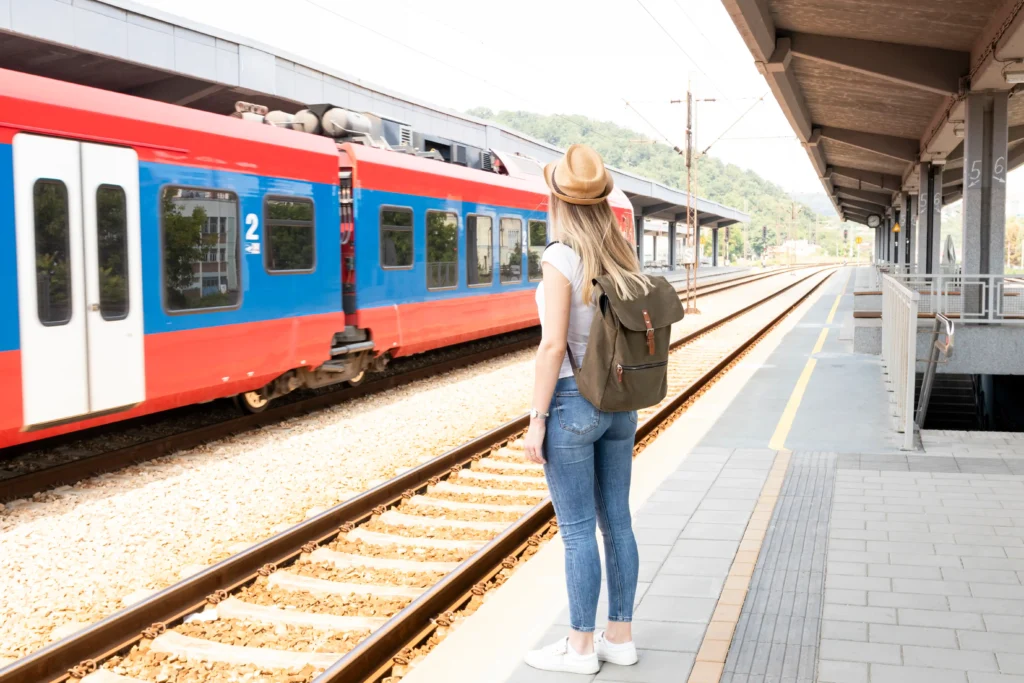
Woman Traveler Train station
How to Plan Your Balkan Train Adventure
– Understand the Railway Network
The Balkan Peninsula’s train network is a mix of modernized and vintage systems. Some countries have efficient services, while others may have limited connections. Research timetables and routes in advance.
– Book Tickets in Advance
While many tickets can be purchased at stations, booking in advance is advisable for popular routes or during peak travel seasons.
– Pack for Comfort
● Essentials: Snacks, water, and entertainment for long journeys.
● Clothing: Layers for varying temperatures, especially in mountainous areas.
– Cross-Border Travel Tips
● Passports and Visas: Ensure your travel documents meet entry requirements for each country.
● Currency: Carry small amounts of local currency for on-board purchases or at smaller stations.
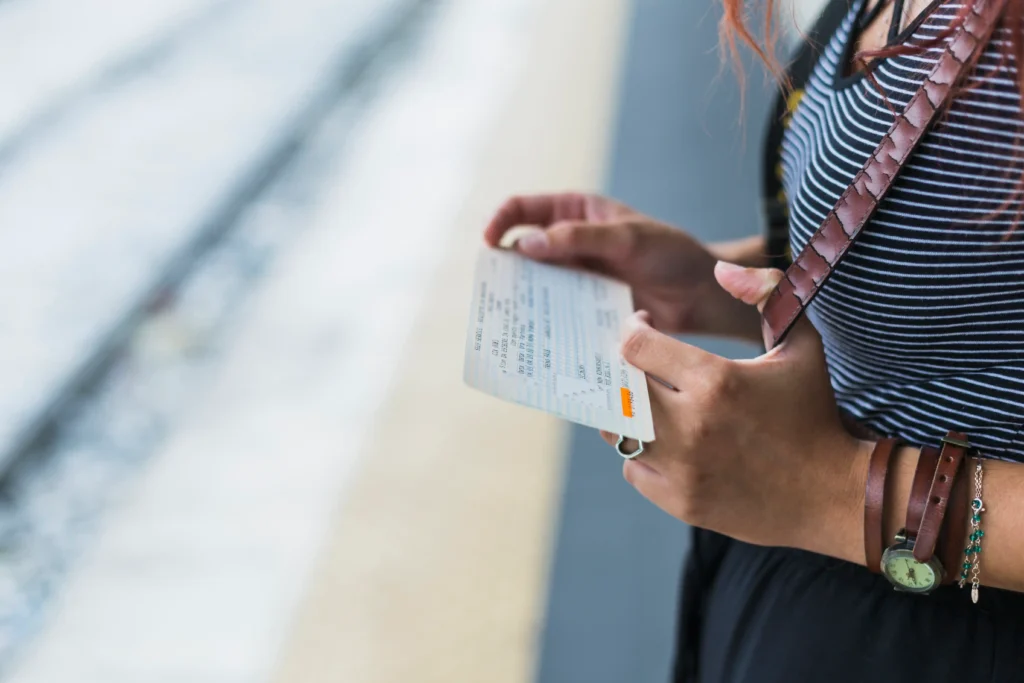
female-tourist-waiting-train
Hidden Gems on Balkan Train Routes
● Shkodra to Podgorica (Albania to Montenegro): A lesser-known route with stunning views of Lake Shkodra.
● Thessaloniki to Alexandroupoli (Greece): Explore Greece’s northeastern corner by rail.
● Niš to Dimitrovgrad (Serbia to Bulgaria): A historic route offering glimpses of rural Serbia and Bulgaria.
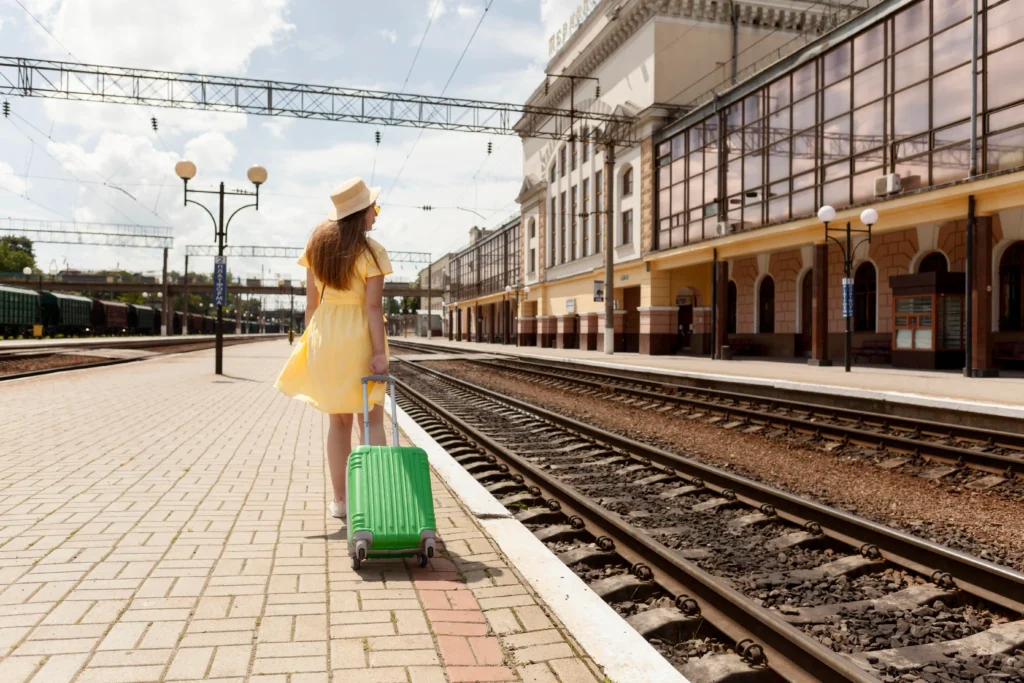
balkan travel by train
Challenges of Train Travel in the Balkans
● Delays: Be prepared for potential delays, especially on older lines.
● Limited Services: Some rural areas may have infrequent connections.
● Language Barriers: Station announcements may not be in English, so download translation apps or carry a phrasebook.
Combining Train Travel with Other Modes
While trains are a great way to explore the Balkans, some destinations may require buses or car rentals to reach. For example:
● Montenegro’s Coastal Towns: Combine train travel with local buses for easy access to Kotor or Budva.
● Albania’s Inland Villages: Use buses to reach places like Berat or Gjirokastër.
Discover the beauty of the Balkans with Ajdinis Travel’s expertly curated itineraries. Whether you’re traveling by train or combining it with other modes, we’ll help you uncover the region’s hidden gems. Explore Our Guaranteed Tours and start planning your Balkan adventure today!

